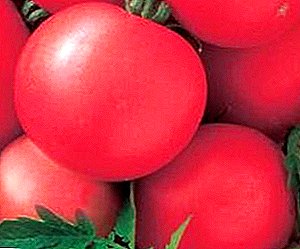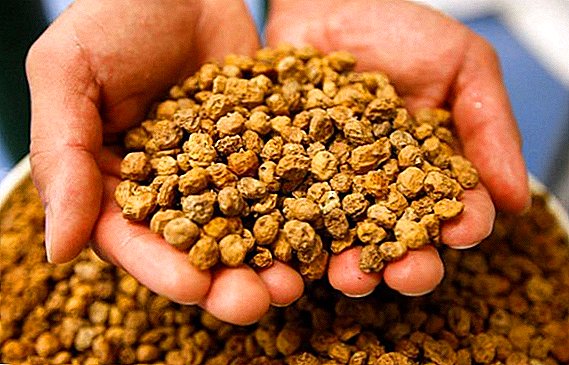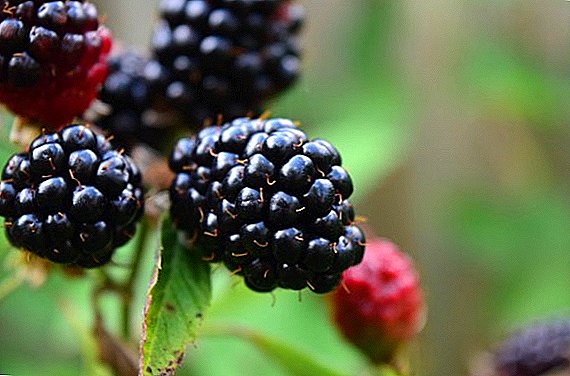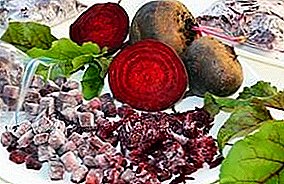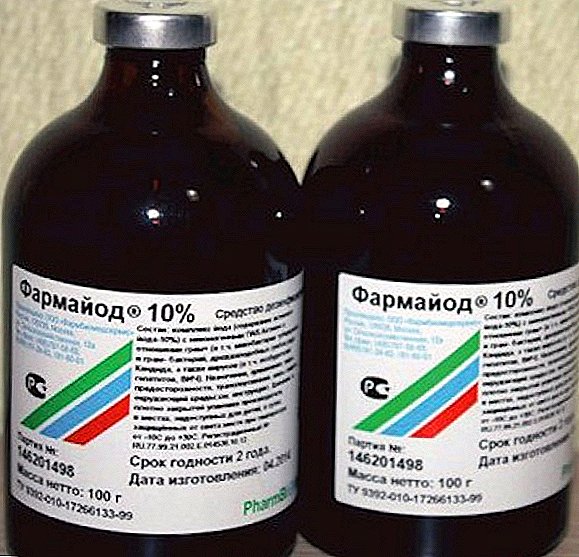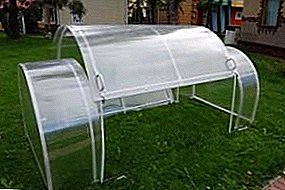
Unlike a greenhouse, heated only by the sun, a polycarbonate greenhouse is provided with an additional source of heat (for example, a stove or a layer of pereperevayuschey foliage).
The constant preset temperature in the greenhouse provides the plants with a favorable round-the-clock mode for the growth and ripening of fruits.
Description
Lightweight, durable, colorful
In order not to waste expensive energy on heating large rooms, greenhouses are made with a minimum internal volume. Their size is determined by the height of the plant, not by the person’s height.
The heart-saving energy in such a design has its own flaw - have to take care of plants just outsideby opening a greenhouse section.
The use of glass automatically sets the rectangular shape of the elements of the greenhouse. Bulky frames are usually made of wood.
The design of polycarbonate greenhouses is unlimited. Sheets of this material (from 3 to 12 meters in length) bend easily, without intermediate frames overlapping arches and vertical side surfaces.
With the destruction of cellular polycarbonate does not form splinters like fragile glass. A damaged sheet is repaired with a patch of the same material (on glue), or is easily replaced with a new one.
You can cut the polycarbonate sheet with an ordinary knife, giving details any desired shape: From round to complex polygonal.
A variety of polycarbonate color shades make it possible to fantasize and turn the greenhouse into an attractive accent of the garden landscape.
Frame quality

The frameworks of high-quality models of greenhouses are constructed from welded galvanized profile pipe. We put an extra plus if the galvanization is painted.
The most durable protection metal is ensured by applying a layer of galvanizing over durable enameldried at high temperature.
Such frames, no doubt, are made at the factory, and not in the handicraft workshop.
Pay attention to pipe wall thickness. Thin-walled tubes - true sign of a cheap fake, as well as coloring on "bare" metal.
Here are a few more. Signs of substandard fakes:
- frame arcs are not the same in bend radius and length
- frame elements made of pipes of different sections
- mounting holes are offset or not at all
- lack of fasteners
- poorly processed welds
Equipment
One of the "secrets" low price - incomplete equipment. Missing jumpers, base, fasteners and fittings you have to pick up and buy separately.
Variety of models

Among the production models, simplicity and low cost attracts mini-greenhouse "Petal" (1x2x0.8 m).
It consists of a single solid sheet of 2 mm transparent polycarbonate. The sheet is curved in the form of a wide low arch with side walls. The wavy profile of the sheet gives it a special rigidity. The frame is made of steel painted profile pipe 3x2 cm. The base is not offered.
The design is so simple that it is easy to reproduce it yourself.
Greenhouse "Early with Polycarbonate" (1.05х2.0х0.8 m). Steel arched frame of galvanized square tube 20x20. Coating: transparent honeycomb polycarbonate 4 mm. The vertical tubes of the frame are provided with pointed ends for fastening to the ground. Access inside from both sides through folding hull elements. It is possible to connect standard two-meter sections for increasing the length of the greenhouse.
The uniformity of the arched structures is broken only by the proposal of an even simpler form in the form of a folding gable roof. But sometimes there are real designer finds. but complex frame and cutting polycarbonate sheets increase the cost such a greenhouse at times.
Something about Polycarbonate

Cheap polycarbonate is indistinguishable from the fact that it is more expensive. But the low price is most likely due to the fact that the sheets are applied very thin layer of protective coating from solar ultraviolet.
A thin protective layer is quickly washed off by rain, rubbed with snow. Sheets on the eyes begin to age - yellow and lose transparency. So inexpensive polycarbonate and serve not for long.
Savings are guaranteed to result in new replacement costs.
Some manufacturers apply protective layer on both sides of the sheet. In this case, which side is on top is irrelevant.
When buying by all means require a certificate, discuss with sellers-consultants the properties of cellular polycarbonate from various manufacturers.
Delivery and Assembly
Packed "constructors" of a greenhouse can be taken out of stock and assemble yourself. Manufacturers supply all sets of prefabricated greenhouses with detailed step-by-step instructions for assembling the structure.
On the sites of reputable companies are offered and video tutorials on the assembly.
If you wish, vendors will provide services for the delivery of the kit and the assembly of a greenhouse on your summer cottage.
From winter to winter
Greenhouses set on well lit placesby orienting the ends from west to east.
In a soil protected from the external environment, it is primarily cultivated heat-loving seedlings sweet peppers, tomatoes, cucumbers, eggplants. After planting the seedlings in the garden, it is replaced by radishes, spinach, dill, parsley, green onions. The whole season from February to December in the greenhouse continuously something, but growing.
We deepen, we warm
Practically all polycarbonate models are designed as ground structures, but they are easy to turn into solid recessed greenhouse.
It is easy to do. By the size of the greenhouse we dig a trench for three spade bayonets (about 60 cm). Trench walls we strengthen with boards, on top we fasten the boards from the timber with the boards.
Two-thirds of the trench fall asleep foliage, weeds, manure, branches. Top pouring a layer of fertile soil. Its surface is leveled into one or two palms below ground level. On the wooden harness set the design of the greenhouse.
Mini version
If a large greenhouse does not fit into the garden, or you need not too many seedlings, you can restrict yourself completely small building.
In mini-greenhouses, heat also emits natural biofuels. But microconstruction and installation work will require very little.
Biofuel, laid in a trench under the ground, well warms the soil and the air in the greenhouse during the season. In the autumn it should be replaced with a fresh portion.
Such greenhouses compact, economically retain heat. They are used mainly for growing seedlings of early vegetables, and with the onset of persistently warm weather, grown seedlings have to be “relocated” to open beds. After all, mini-greenhouses are low, and there comes a time when seedlings, stretching to grow, simply have nowhere to grow.
A small polycarbonate parnic will cost, of course. more expensivethan a frame with a stretched film. But he much stronger and more durablemuch keeps warm betterYes, and it looks quite decent. At the same time, a polycarbonate greenhouse, like film, installed without difficultyIt is easy to disassemble and move to another place.
We need some experience in observing the weather and knowledge of the growing season of various plants that are planted in a mini-greenhouse.
The calculation here is this: if you plant the seeds too early, the seedlings will grow together until the last frost. There will be a situation when it is still dangerous to transplant plants into the ground, and it’s time to remove them from under the greenhouse, otherwise they are hopelessly deformed under a low shelter.
New hobbies
A greenhouse in the country - the structure is useful in all respects. In addition to early vegetables, he promises you new hobbies. One will inevitably have to build my own weather forecasts, keep an annual weather diary, study botany and agricultural techniques more deeply, the properties of different varieties of vegetables, be competent in choosing seeds.
And also - the greenhouse will forever free the sills of your city apartment from hundreds of plastic cups of seedlings.
A photo
A variety of polycarbonate greenhouses in the photo below:






